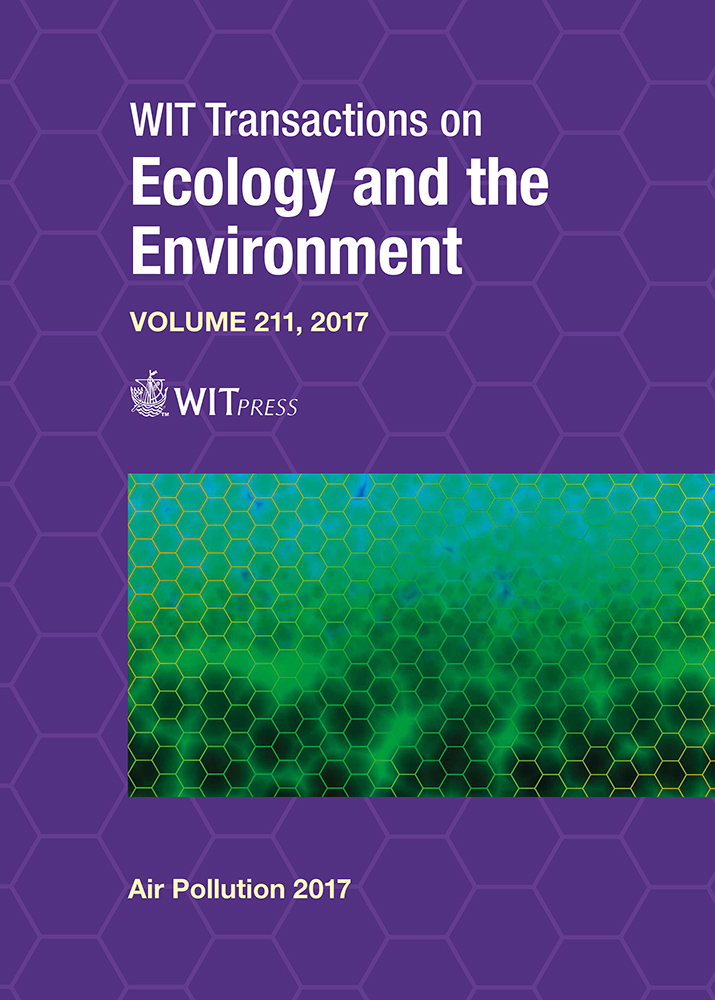SAMPLING MICROBIAL VOLATILE ORGANIC COMPOUNDS: OPTIMISATION OF FLOW RATE AND SAMPLING TIME
Price
Free (open access)
Transaction
Volume
211
Pages
8
Page Range
69 - 76
Published
2017
Size
659 kb
Paper DOI
10.2495/AIR170071
Copyright
WIT Press
Author(s)
SONIA GARCÍA ALCEGA, SEAN TYRREL, FRÉDÉRIC COULON
Abstract
The impact of bioaerosols emissions from urban, agricultural and industrial environments on local air quality is of growing policy concern. However, there is no standardised protocol established yet, despite a large number of bioaerosols sampling methods in use. Additionally, capturing sufficient amounts of material to allow reproducible separation and detection of molecular patterns is still difficult. Chemical fingerprint analysis of microbial volatile organic compounds (MVOC) is a potentially rapid and reproducible approach for the early detection and identification of outdoor contamination as it has been shown to be a successful approach for indoor environments and it can be done on a fine-scale, allowing the identification of species-specific volatiles that may serve as marker compounds for the selective detection of pathogens. In this study we have tested the number and concentration of MVOCs collected using different sampling conditions: 10 min sampling time with variable flow rate (100, 500 and 1000 ml min–1) and 100 ml min–1 flow rate during 10, 20 and 30 min using Tenax®-Carbotrap thermal desorption (TD) tubes attached to portable GilAir® air pumps. Our aim was to determine the best sampling conditions in order to get enough material allowing reproducible data of the microbial markers present in outdoor environments. Substantial loses (>50%) of MVOCs occurred when sampling at flow rates higher than 100 ml min–1. 10 min sampling time allowed the collection of most of the MVOCs present in the air (~96%). The optimal sampling settings that allowed the collection of higher concentrations of MVOCs without breakthrough was 10 min sampling at 100 ml min–1 flow rate. Ketones were the predominant group of MVOCs identified in the WWTP (34–42%), acetone being the compound present at higher concentration (6476–11731 ng m–3).
Keywords
MVOCs, bioaerosols, thermal desorption, chemometrics, outdoor environments





